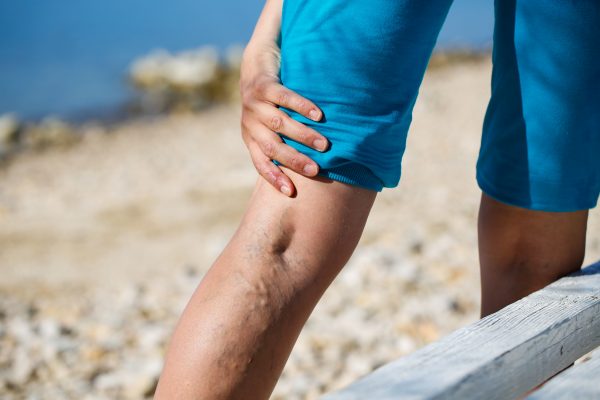Do you have to enlarge and twist the surfaces of your leg? We consider you a person aware of varicose veins. But still, numerous people across the world don't know about varicose veins. Varicose veins are enlarged, boldly twisted veins that are also referred to as varicosities. Many people suffer from varicose veins without knowing about their symptoms and causes. But dentists suggest that it is crucial to learn about various causes of varicose veins for preventing them from getting worse. Varicose veins are swollen and purple with serious pain. In this article, we have mentioned several facts relating to varicose veins which might be a great help for you in treatment so read carefully.

What is the cause of varicose veins?
The major cause of varicose veins is damaged valves. It is essential to know blood is transported from the heart to the rest of the body via arteries. The heart receives blood from the rest of the body via veins. The veins in the legs must battle against gravity to return blood to the heart. As blood flows toward the heart, tiny valves in the veins open, then close to prevent blood from going backward. Blood can flow backward and pool in the veins if these valves are weak or broken, stretching or twisting the veins.
Here are some potential causes for varicose veins include:
- Pregnancy
- Menopause
- Aging
- Standing for long periods
- Obesity
- Family history of varicose veins
What are the symptoms of varicose veins?
Here are some most common symptoms of varicose veins mentioned below such as:
1. Bulging veins:
If you have twisted, and bulging colored blue or purple then it is varicose veins. These veins appear on your legs, ankles, feet, and skin's surface. They can form clusters. You will also witness some spider veins near varicose veins.
2. Heavy legs:
Patients may experience leg muscles heavy, especially after physical work, and may feel fatigued.
3. Itching:
Patients may experience Itching in the area around varicose veins.
4. Pain:
Some people experience legs, especially behind the knees, maybe uncomfortable, achy, or sore. Muscle cramps are a possibility.
5. Swelling:
It's possible for your legs, ankles, and feet to swell and throb.
6. Skin discolorations and ulcers:
Varicose veins can create brown discolorations on your skin if left untreated. Venous ulcers (sores) on the skin can be caused by severe varicose veins.
How to treat varicose veins medically?
Here are some treatments for varicose veins mentioned below that are performed by vein specialists:
- Endothermal ablation.
- Ambulatory phlebectomy
- Sclerotherapy
- Ligation and stripping
- Laser surgeries
- Endoscopic vein surgery
What kind of doctor treats varicose veins ?
A vein surgeon is an expert doctor who has been trained to perform surgical operations to remove varicose veins. Your primary care physician may recommend you to consult a phlebologist or a dermatologist (skin specialist).
Are varicose vein treatments covered by insurance?
Varicose veins are covered by most insurance plans, but certain insurance coverage may not be considered as medically required. It is essential to always check if you have a vein cover before going to a vein expert.
Conclusion
We hope you liked this article and now you know more about varicose vein causes and symptoms. It is crucial to visit a vein specialist once you witness minor symptoms of varicose veins as leaving varicose veins causes serious complications in health.
Article Source : https://www.transitsblog.com/what-causes-varicose-veins/






Comments